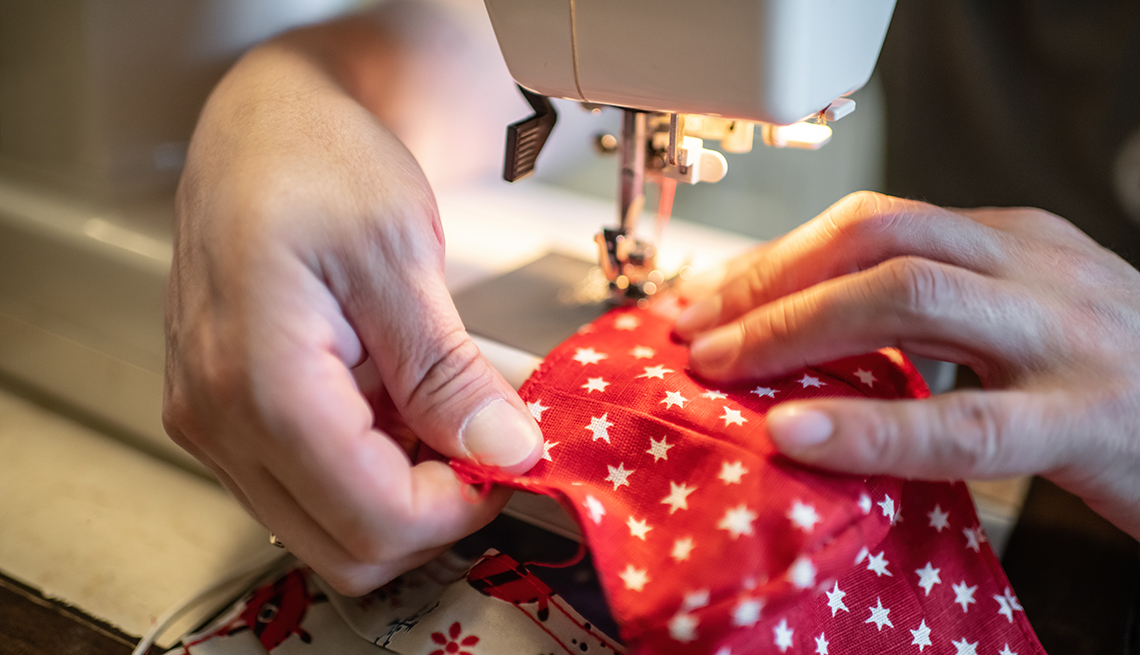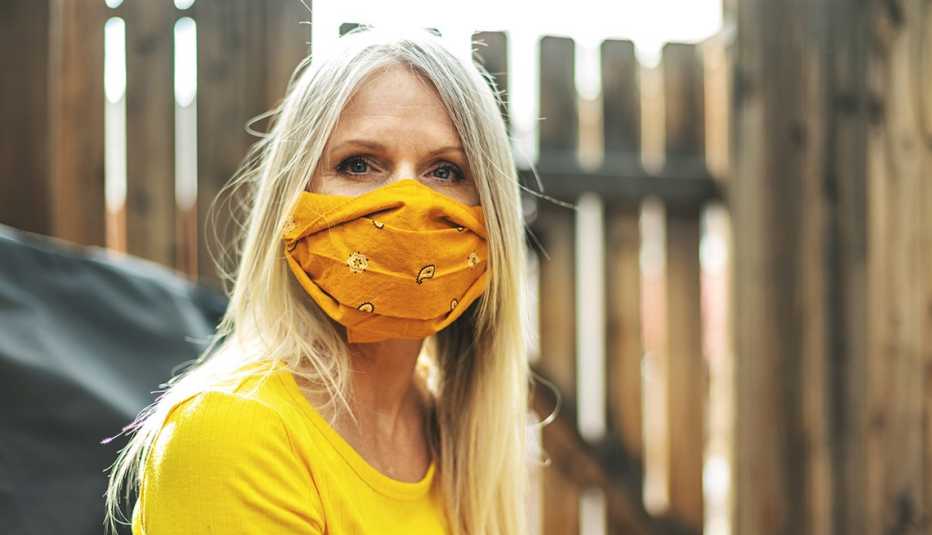Staying Fit
Months into the coronavirus pandemic, face masks remain a key tool for controlling the spread of COVID-19 — and, according to a recent update from the Centers for Disease Control and Prevention (CDC), research shows that cloth face masks protect both wearers and those around them from coronavirus infection.
But with so many store-bought and DIY options now available in a variety of styles and fabrics, how can you know your mask is working as well as it should?


AARP Membership— $12 for your first year when you sign up for Automatic Renewal
Get instant access to members-only products and hundreds of discounts, a free second membership, and a subscription to AARP the Magazine.
According to the CDC, the most effective cloth mask fabrics are tightly woven, like cotton and cotton blends, two or three layers, and breathable.
Airborne disease transmission expert Linsey Marr, a professor of civil and environmental engineering at Virginia Tech, also looked at the question of mask materials in a study published Nov. 20 on the preprint server medRxiv.
The study, which has not yet been peer-reviewed (Marr and her team are awaiting publication in a scientific journal), tested nine homemade masks and their materials, as well as a surgical mask and a face shield, to see how well they filtered tiny particles and how well they protected the wearer and those around them.
Based on their findings, the researchers recommend a three-layer mask, where two outer layers made from a tightly woven cotton material sandwich a filter layer.
But for those who already have a collection of favorite masks at home, here's how Marr says to ensure you're getting the most out of your current selection:




































































